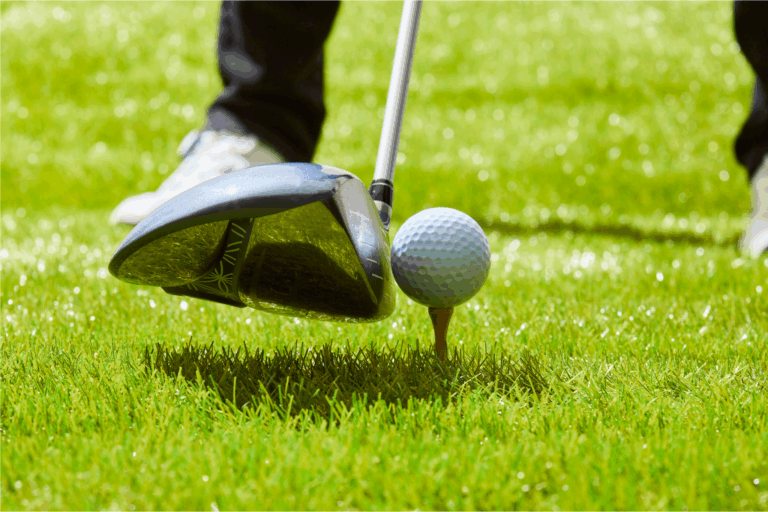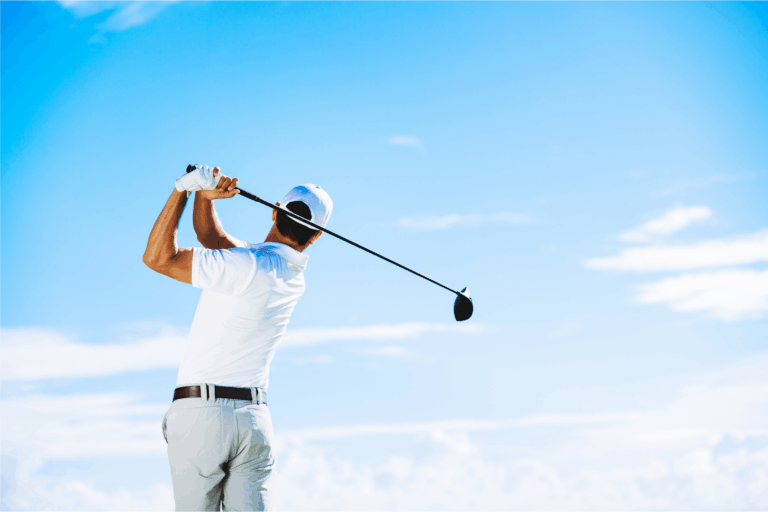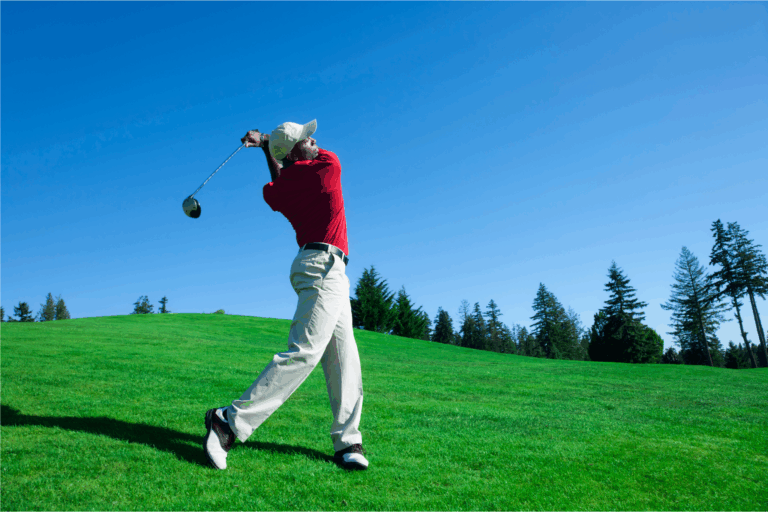How To Stop Flipping Golf Club at Impact
Stay Tuned with Latest Updates.
BY Adam Bazalgette
Posted On October 12, 2025
Golfers often struggle with maintaining stability at impact, and one common issue is flipping the golf club. This can reduce power, accuracy, and consistency. In this guide, we’ll cover everything you need to know about stopping the flip, maintaining speed, and improving your golf swing mechanics.
Understanding the Flip at Impact
Today’s subject is how to stop flipping at impact, which is extremely important for any golfer. Many players make the mistake of stiffening their swing to prevent the flip, but this often reduces swing speed and power.
Before diving into fixes, it’s important to recognize predisposing factors that cause the need to flip:
- Open club face approaching contact – If the club face is open, you may compensate by flipping at the last second.
- Weak grip or rolling the club in the backswing – Poor grip setup can force a flip to square the club.
- Club approaching too far from behind – Swinging too far inside can lead to rightward hits and automatic flipping.
- Poor position at the top of the swing – The body may attempt to correct swing plane issues, causing the flip.
Assuming your club face and approach are reasonably set, we can now focus on stopping the flip.
Why Flipping at Impact Hurts Your Game
Flipping the club negatively impacts your power and consistency:
- Reduced Power – It’s difficult to apply effective pressure if the handle stalls or moves backward.
- Inconsistency – You cannot reliably strike the ball the same way if the club is unstable at impact.
Top professional golfers maintain stability in the club shaft through impact, even at high speeds.
How to Stabilize the Club
Several factors are key to controlling the club at impact:
- Squeeze your arms together – Wide arms make club control difficult.
- Maintain a firm left wrist – Bowing off loft and firming the wrist improves stability.
- Engage your core – A strong core supports all these movements at speed.
Practicing with an impact bag is one of the best ways to feel and build this stability. The bag allows you to experience proper arm positioning, wrist firmness, and core engagement without risk of injury.
Avoid Losing Speed While Fixing the Flip
Golfers often lose swing speed by overcorrecting. The solution is controlled softness:
- Let the club load naturally.
- Feel the responsiveness of the club during the change of direction.
- As the club pops through impact, naturally firm up your arms, core, and wrist.
This technique allows you to retain speed while improving stability and preventing flipping.
The Role of the Core in Stopping the Flip
The core is crucial for stabilizing impact. By engaging the core while practicing with an impact bag or even a solid object like a door jam, you can simulate impact pressure safely.
Focus on:
- Squeezing against the object.
- Applying shaft bending and arm firmness.
- Maintaining proper body angles from address to impact.
Observing the Pros
Comparing top golfers highlights the difference:
- Tiger Woods and Jack Nicklaus – Their address and impact positions change subtly to support stability.
- Jordan Spieth – Shows dynamic lower body engagement, allowing proper pressure on the ball without flipping.
The key takeaway: pros can maintain a large backswing yet stop the club short and solidly at impact.
Drill to Stop Flipping the Club
Once you understand the theory, try this hit-and-hold drill:
- Use a short iron (like an 8-iron).
- Let the club load naturally, then punch through as if there’s an obstacle blocking follow-through.
- Start on a small scale, gradually increasing swing size as you gain control.
- Focus on three elements: firm arms, engaged core, and stable left wrist.
Practicing this drill repeatedly helps golfers feel exactly how to control the club without flipping at impact.
Real-Life Inspiration
Watching legends like Tom Watson demonstrates the drill’s effectiveness. During a practice session, Watson hit balls near a pine tree, controlling his swing precisely without flipping. Observing such mastery shows that with practice, you can develop the same control.
Final Thoughts
Stopping the flip at impact is essential for consistent, powerful golf shots. By focusing on proper wrist stability, arm positioning, and core engagement, you can achieve better ball striking and more predictable outcomes.
For golfers looking to improve faster, practicing with impact bags and incorporating the hit-and-hold drill is a game-changer.
Take Action Now
Want to see this in action and get step-by-step guidance from Adam Bazalgette? Check out the full video on Scratch Golf Academy.
Watch How To Stop Flipping Golf Club at Impact:
“I’ve been a Scratch Golf Academy member for 5 months and in that time I’ve lowered my handicap from a 25 all the way down to a 16. It’s a great program, and if anyone is thinking about trying it, I highly recommend it!”
-Fred Fowler
Create Your FREE 14-Day Account and start shooting lower scores today.
Recent Articles
-
How to Control Your Golf Swing for Consistency
Master your golf swing for consistent shots. Focus on swing plane, pivot, and controlled energy transfer. Practice drills like the one-hand orbit to improve rhythm, accuracy, and distance.
-
Fix Your Knee Movement & Pivot in the Golf Swing
Struggling with flipping your golf club at impact? Discover proven techniques to fix your swing, boost power, and achieve consistent, solid golf shots effortlessly.
-
2 Key Downswing Moves for Power & Consistency
Adam Bazalgette reveals two essential downswing moves-proper weight shift and narrowing the swing arc-that help golfers strike the ball cleaner, add power, and improve swing consistency.
-
Top Golf Drills to Improve Ball Striking Consistency
Adam Bazalgette shares drills to help golfers strike the ball consistently, control the clubface, manage low point, & develop a repeatable, reliable swing for better distance & accuracy.
-
How to Square the Clubface & Master Golf Release
Adam Bazalgette explains how to square the clubface, master golf release, and use the Stop-and-Snap Drill. Learn pro tips to hit straighter, more consistent, and powerful shots.
-
Learn How to Get Unstuck in the Golf Swing
Many golfers feel stuck in their swing, especially with the trail arm and body angles. Adam Bazalgette shares simple drills to free up your motion and hit more consistent shots.










